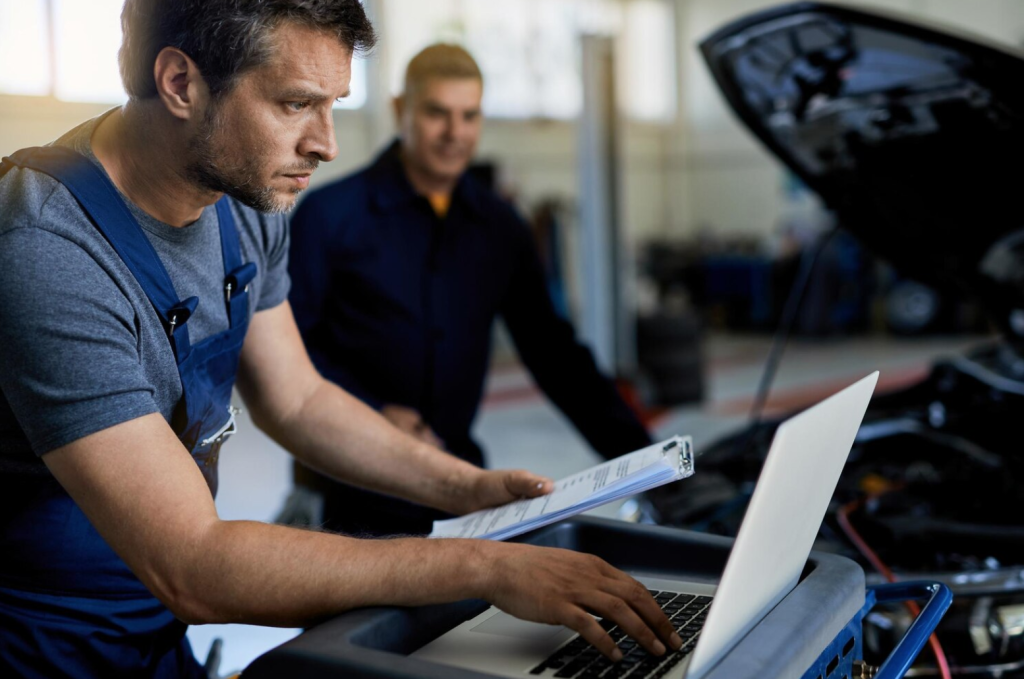Introduction: For many automotive enthusiasts, the pursuit of speed and performance is a thrilling journey. Performance tuning offers a gateway to unlocking the full potential of your vehicle, enhancing acceleration, top speed, and overall driving dynamics. However, for beginners, the world of performance tuning can seem daunting. In this comprehensive guide, we’ll provide novice tuners with a step-by-step roadmap to navigate the exciting realm of performance tuning and unleash the true speed potential of their cars.
- Understanding the Basics of Performance Tuning:
- Engine performance: Explaining how modifications such as intake, exhaust, and engine tuning can increase horsepower and torque output.
- Suspension and handling: Discussing the role of suspension upgrades, tire selection, and alignment adjustments in improving cornering grip and stability.
- Aerodynamics: Introducing aerodynamic modifications like splitters, wings, and diffusers to reduce drag and enhance high-speed stability.
- Setting Performance Goals:
- Defining objectives: Establishing specific performance goals such as increased horsepower, faster acceleration times, or improved handling characteristics.
- Budget considerations: Determining the budget available for performance upgrades and prioritizing modifications based on cost-effectiveness and performance gains.
- Realistic expectations: Understanding that performance tuning is a gradual process and that significant gains may require time, effort, and investment.
- Performance Tuning Options:
- Engine modifications: Exploring options such as cold air intakes, performance exhaust systems, engine remapping, and forced induction (turbochargers or superchargers) to increase power output.
- Suspension upgrades: Considering coilover kits, sway bars, strut braces, and polyurethane bushings to improve handling, responsiveness, and ride quality.
- Brake enhancements: Upgrading brake pads, rotors, lines, and fluid to improve stopping power and reduce brake fade during aggressive driving.
- Aerodynamic improvements: Installing front splitters, rear wings, diffusers, and canards to optimize airflow and reduce drag for improved high-speed stability.
- Researching and Selecting Upgrades:
- Manufacturer reputation: Researching reputable brands known for quality, reliability, and performance gains in specific areas of tuning.
- Compatibility: Ensuring that selected upgrades are compatible with your vehicle’s make, model, and existing modifications to avoid compatibility issues.
- Reviews and feedback: Reading user reviews, forum discussions, and expert opinions to gain insights into the real-world performance and reliability of aftermarket upgrades.
- Installation and Maintenance:
- Professional installation: Consulting experienced mechanics or tuning shops for expert installation of performance upgrades to ensure proper fitment and functionality.
- Regular maintenance: Following manufacturer guidelines and scheduling routine maintenance tasks such as oil changes, fluid flushes, and component inspections to ensure longevity and reliability of tuned components.
- Testing and Evaluation:
- On-road testing: Conducting real-world driving tests to assess the impact of performance upgrades on acceleration, handling, and overall driving experience.
- Data analysis: Using performance metrics, such as 0-60 mph times, quarter-mile times, and lap times, to quantify improvements and identify areas for further optimization.
- Fine-tuning: Making adjustments to tuning parameters, suspension settings, and aerodynamic configurations based on test results to achieve the desired balance of speed, handling, and drivability.
- Safety Considerations:
- Driver training: Investing in driver education and training programs to improve driving skills, situational awareness, and vehicle control at higher speeds.
- Safety equipment: Prioritizing the installation of safety features such as upgraded brakes, reinforced roll cages, and high-performance tires to enhance safety during spirited driving.
Conclusion: Performance tuning is a thrilling journey that allows enthusiasts to push the boundaries of their vehicles’ capabilities and unleash newfound speed and excitement. By following this beginner’s guide to performance tuning and approaching the process with patience, research, and attention to detail, novice tuners can embark on a rewarding quest to unlock the full potential of their cars and elevate their driving experience to new heights. Whether you’re a weekend warrior or a dedicated track enthusiast, the journey to unlocking speed begins with a single step toward performance tuning mastery.



